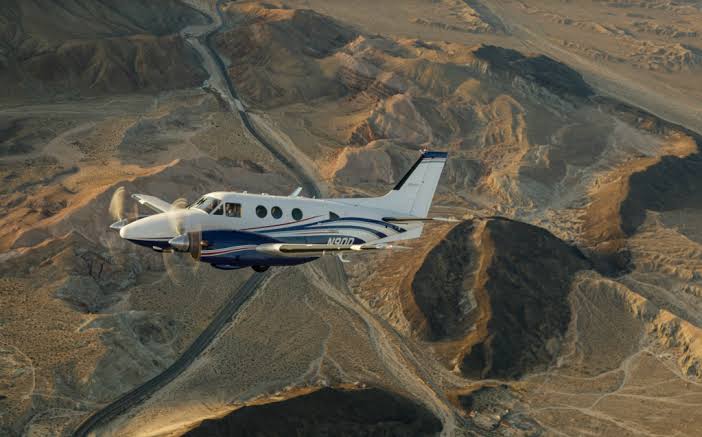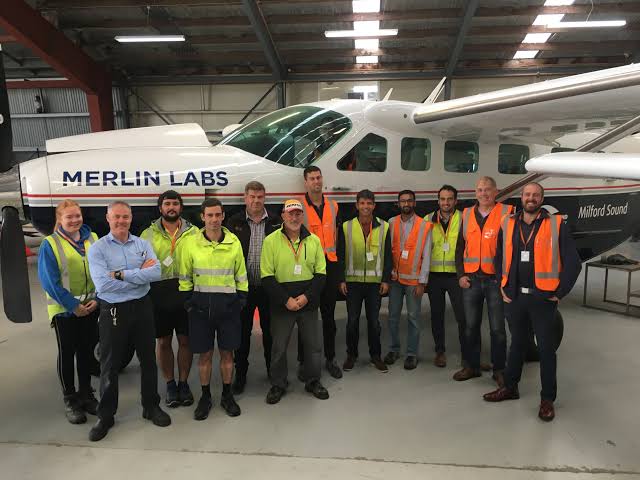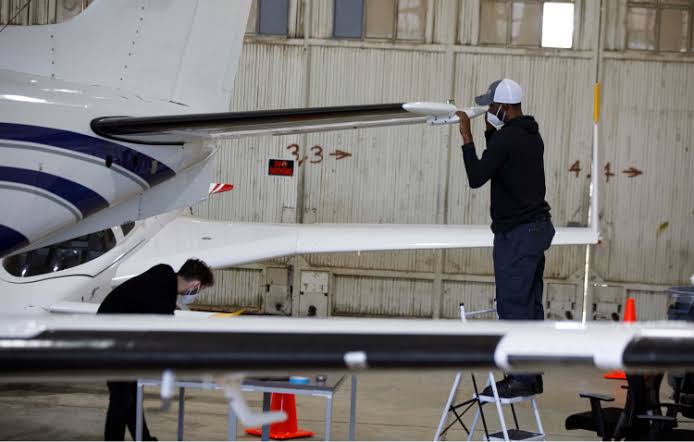On Wednesday, autonomous flight technology developer Merlin Labs announced raising $105 million in their Series B funding round. The round was dominated by investments from Snowpoint Ventures and Baille Gifford, along with the participation from existing investor GV. Earlier in 2021, Merlin Labs secured USD 25 million in Series A round from venture capital firm GV and First Round Capital.

The proceeds will be deployed to strengthen the employee base, particularly for software and avionics engineers, and expand testing. The company will also continue building out its air charter Part 135 freight capability in New Zealand.
Additionally, Merlin Labs has entered into a contract with the Air Force called “Other Transaction Agreement“, under which they plan to introduce software and hardware to help pilots become more autonomous in the cockpit.
Merlin Labs plans to use its artificial intelligence technology to fly large planes with fewer crew members and small planes without any crew. The Civil Aviation Authority of New Zealand certified Merlin’s autopilot system for the first time last year.
Company Profile

Merlin Labs, a startup based in Boston, was established in 2018 to create the world’s most advanced autonomous flight system. It has its offices in Los Angeles, Denver, Mojave, and Auckland, New Zealand.
“Merlin was founded to define what’s possible in the next 100 years of aviation. A core part of my interest in founding Merlin is to increase pilot safety and operational flexibility by adding autonomous systems to existing aircraft.”
Matt George,CEO,MERLIN LABS
In 2021, Merlin Labs had reported a partnership with Dynamic Aviation as part of its launch, bringing autonomy to the world’s largest fleet of Beechcraft King Airs.
Employing a cutting edge technology

Merlin’s avionics system employs GPS, inertial navigation systems, air data, and altitude and heading reference systems to determine an aircraft’s current position and altitude. In addition, the system controls the plane’s actuators, which are controlled by the onboard flight computer.
The company claims that its AI technology can be used to enhance current flights and power future autonomous flights. Using a “sense, think, act” control loop, they hope to eventually equip their autonomous system to perform all of the tasks of a human pilot. The system is constantly updated with the aircraft’s three-dimensional position and attitude thanks to the GPS/INS, air data, and the attitude and heading reference system (ADHRS).
“The business case is relatively simple—in a world of increasing transportation costs and a global shortage of pilots, autonomy can help to ease the burden of cost on companies and, at the same time, can improve safety for pilots themselves, who now have an always-on, alert, and intelligent robotic co-pilot within the airframe they’re already acquainted with.”
MATT GEORGE
One of the company’s goals is to improve safety and operational flexibility by bringing autonomous capabilities to the Air Force’s C-130J transport planes.
Key challenges faced by the Autonomous flight industry
Matt adds that the autonomous flight industry faces regulatory and public perception challenges. However, they constantly face these challenges by working alongside key stakeholders to ensure a safe, calculated approach to autonomous flight.
“The challenge the pandemic presented demonstrates the value of what is being enabled in aviation. It has fundamentally shifted the ways people shop, putting enormous pressure on retailers, carriers, and logistics companies to transport and deliver goods promptly, and strained the aviation system in general.”

